The famous song “Innsbruck, I Must Leave You” by Heinrich Isaac (1450 – 1515) plays softly on the polished bronze speakers in the Studio Job Wunderkammer.
This Renaissance “Room of Wonders” is an elaborate, total work of art, the sort that you can only create a few of during your physical existence. As was common in ancient applied arts it combines a host of ingredients. It is a work of love filled with frivolous expression and accomplished handicraft. But above all, this wondrous room is about saying goodbye.
The term Wunderkammer is a generic term that originated in the early Middle Ages when wealthy individuals, dignitaries and royal houses in England, Germany, Italy, France and Austria added a special wing to their castles to display rarities and gifts. These were often unusual and bizarre objects from the arts and crafts and the early sciences and medicine.
In fact, these were the first expressions of what we now call “the museum.” The difference, of course, was that these Wunderkammer were shown only to the upper-class visitors to the castles. These miniature private museums came about as a pastime and as a way to impress their guests.
The early Wunderkammer were “simply decorated” parts of existing rooms in which the so-called Curiosity Cabinets were placed. As time passed, the phenomenon developed and the whole room (walls, floors, cabinets) was decorated entirely in style.
As the sciences developed more autonomously from the 19th century and distanced themselves from the visual professions, the Wunderkammer became more associated with extreme expressions of craftsmanship and the visual arts.
A present-day Wunderkammer is a total experience. As in a knitted fabric, all things in the Wunderkammer are connected with each other. Everything is about the experience. A different world, you are surprised when you walk inside. The architectural symmetry, the monumental Centerpiece, the endless detail, the extreme use of materials, graphics and dimensions: macro, micro.
The Swarovski museum is a labyrinth of styles and influences. Adding a new dimension to this labyrinth was an exciting challenge. We decided – as usual – to remain close to ourselves, because personality creates originality.
The starting point for our work is a classical-architectural approach, in which symmetry and grid are self-evident.The seemingly strict context actually gives us the freedom to shape our ideas with full expression.
Entering through a beautiful double door, you come into an expansive circular space 9 meters across. You immediately see that the entire space is part of a total installation. You see monumental paneling and large, round stained glass windows with daylight shining behind them, so it looks like the windows open onto an outdoor area. In a kaleidoscopic fashion, the stained glass portrays the views of a greatly enlarged diamond.
The surfaces in the classical panels are covered with specially designed wallpaper. Around the room are bronze wall lights that are both classical and contemporary in design. Everything is polychrome, lustrous and glistening.There is a surreal, monumental and colorful atmosphere.
In the middle is a huge, round Paper table. This table has polished bronze elements, and surrounding it is a wonderful cast railing with rope that keeps the proper distance between the viewer and the large sculpture that is placed centrally on the table.
The landscape is even adorned with a helicopter platform between the trees, where a Chinook helicopter has just landed. As if the president of the USA has come to visit.
The whole is reminiscent of the life`s work of an eccentric model builder who, with angelic patience, has created an immense project in his attic. The remarkable difference is that this is the most extreme and expressive form of the phenomenon: a cottage craft that has taken on supernatural proportions. In that sense, this gold-plated, polished, painted, inlaid and magnificent landscape looks more like a masterpiece from the bizarre workshops of Johan Melchior Dinglinger, who furnished the Wunderkammer for Augustus II the Strong. To date, these works are still decisive for the history of the applied arts.
Job Smeets, Antwerp, May 2014
Client: Swarovski Kristallwelten
Exposize: large format digital printing
Senso: cast flooring
Photo: Bernhard Aichner
BIO
As ms K. Kuypers states, soulmates Job Smeets and Nynke Tynagel founded Studio Job in 2000. This studio in the Renaissance spirit is where traditional and modern techniques are combined to produce once-in-a-lifetime objects.
In Studio Job, craftsmanship is more important than quantity and extreme designs take precedence over middle-of-the road options. Job Smeets: “We want to build up an oeuvre, not score a few hits.”
Nynke Tynagel: “Our work is becoming increasingly expressive and our approach increasingly experimental.”
They started the studio after graduating from the Dutch Design Academy in Eindhoven; in the fifteen years since then, they have developed into the contemporary pioneers of personal expression. Technique, science and ornamental designs come together in Studio Job’s examples of Gesamtkunstwerk.
The motto is Maximalism, the aim to put fiction in charge. The results range from the royal stamp featuring the Dutch king, Willem-Alexander, (40 million stamps produced) to the unique life-size bronze sculptures on Miami Beach, from the one-off Wunderkammer curiosity cabinet that Studio Job produced for Swarovski in Innsbruck to the global campaign for Tokyo chocolatier Godiva. All Studio Job projects are distinguished by a love of detail, freedom of expression and blend of 2D and 3D.
They are often asked which one does what. But they don’t think “who does what” is important. Job and Nynke are united in their desire to make objects that are ageless. This they do with the help of a fantastic team and with unflagging fervour.
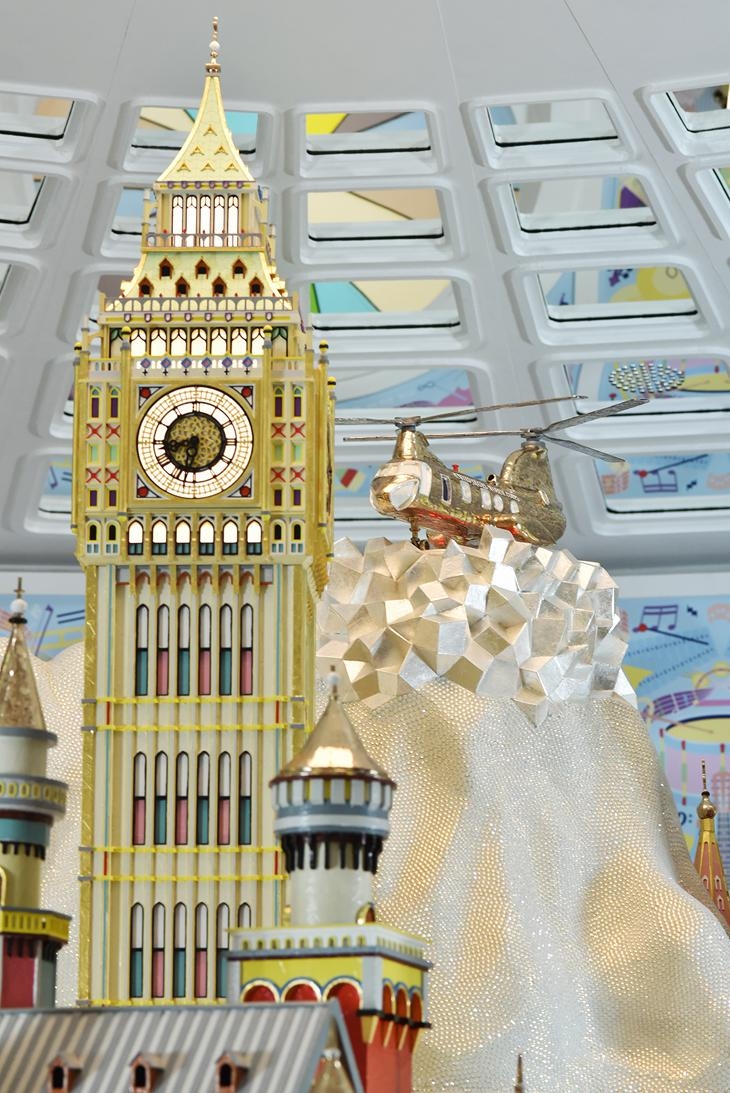 PHOTO: BERNHARD AICHNER
PHOTO: BERNHARD AICHNER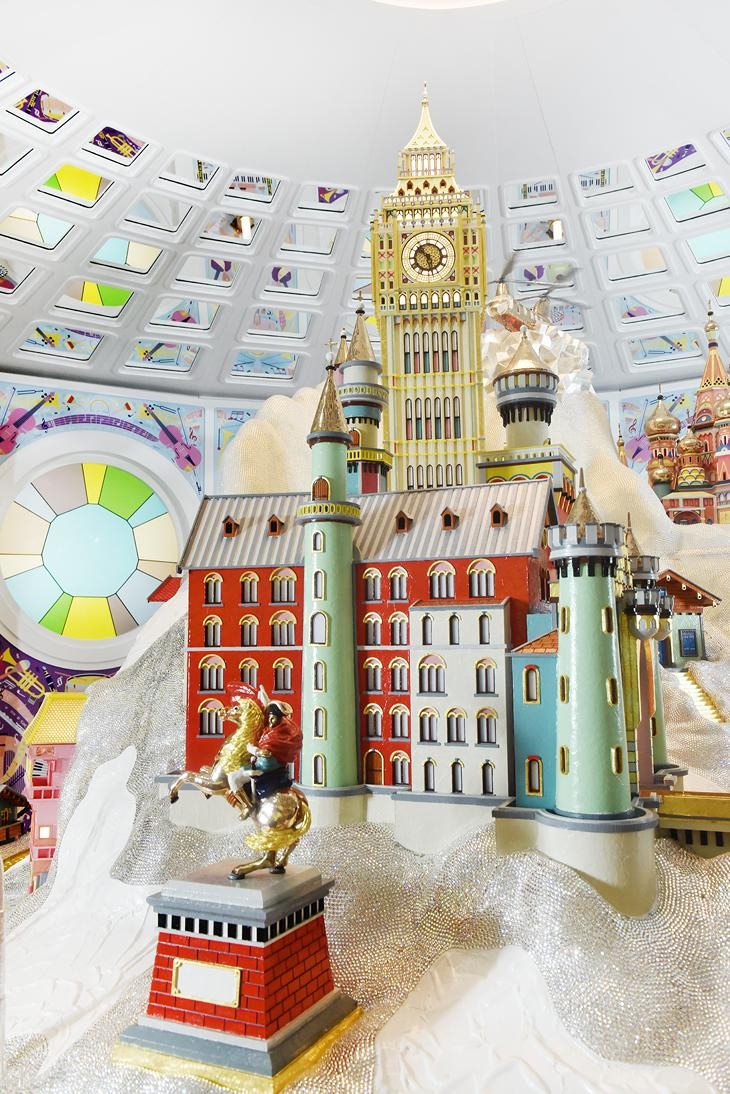 PHOTO: BERNHARD AICHNER
PHOTO: BERNHARD AICHNER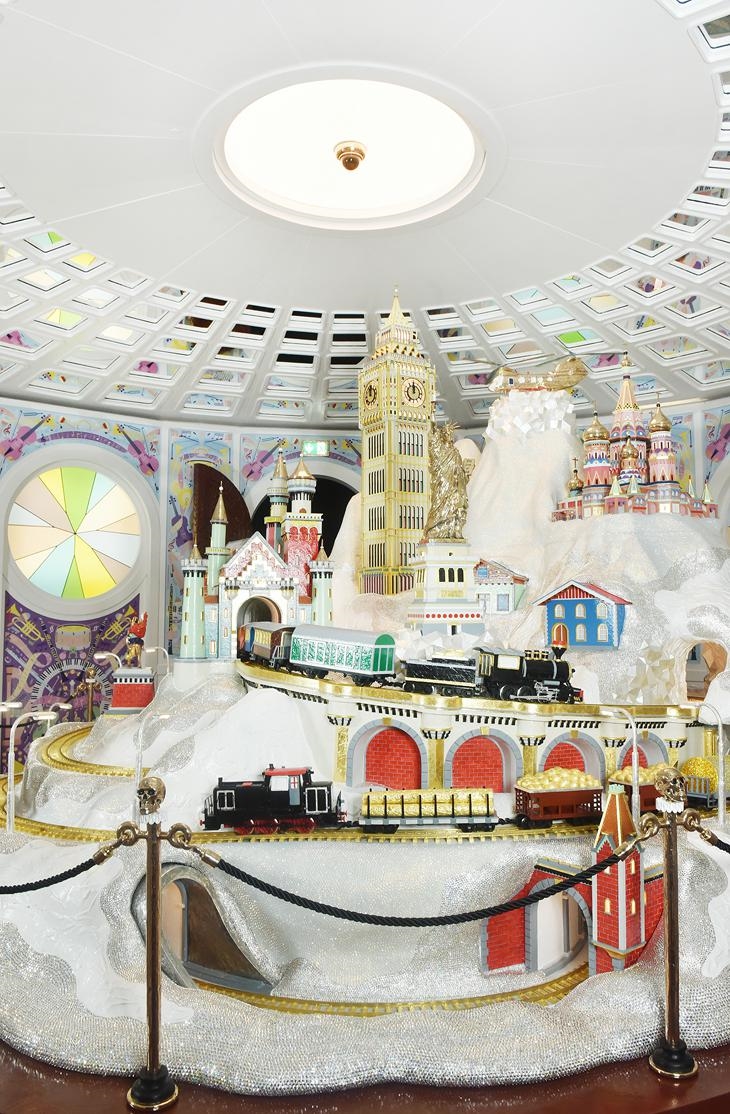 PHOTO: BERNHARD AICHNER
PHOTO: BERNHARD AICHNER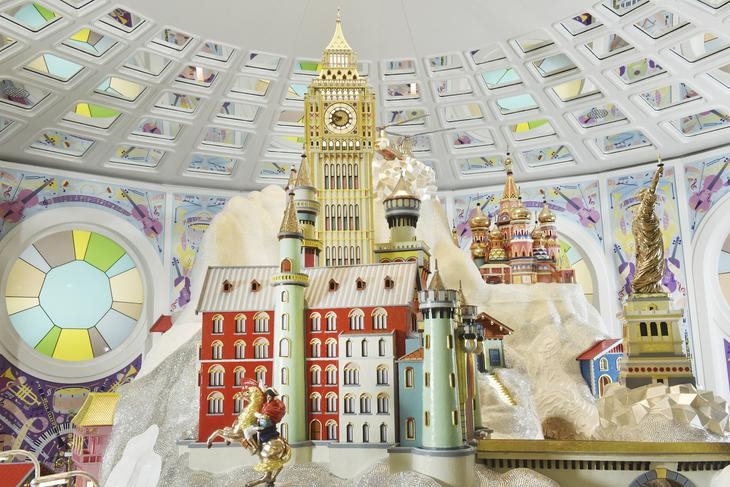 PHOTO: BERNHARD AICHNER
PHOTO: BERNHARD AICHNER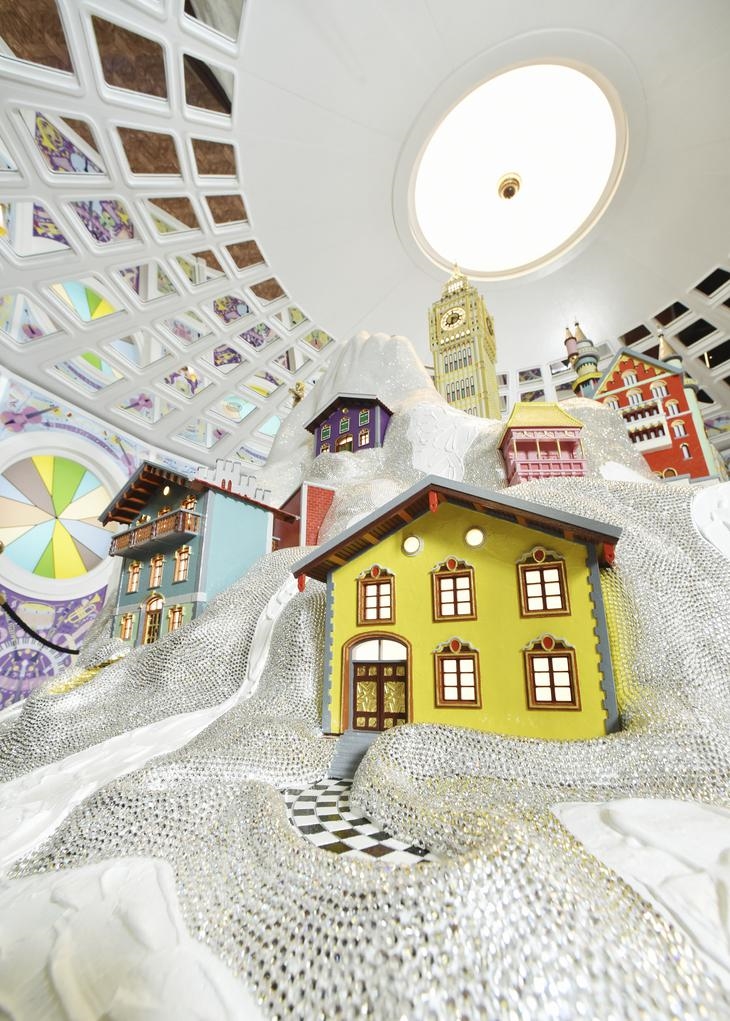 PHOTO: BERNHARD AICHNER
PHOTO: BERNHARD AICHNERStudio Job Wunderkammer / Swarovski Kristallwelten – Crystal Worlds
READ ALSO: 2015 ECOWEEK / CONCLUDING A WEEK OF SUSTAINABLE DESIGN & INNOVATION

